Praying Mantis – Devout, Stealth, Fearsome Hunter
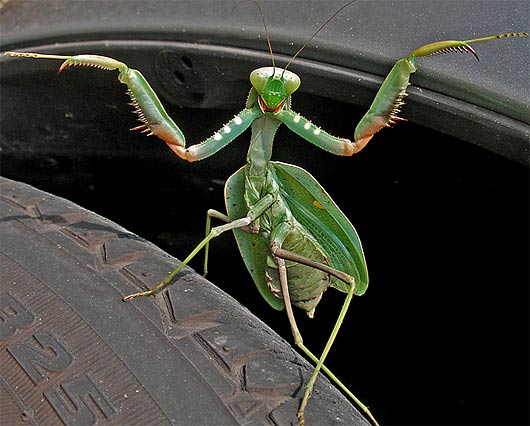
These majestic insects are sometimes difficult to locate because of the awesome camouflaging technique they have. They make use of their coloration to blend in perfectly with leaves and stems, even swaying their bodies in the wind like the leaves.
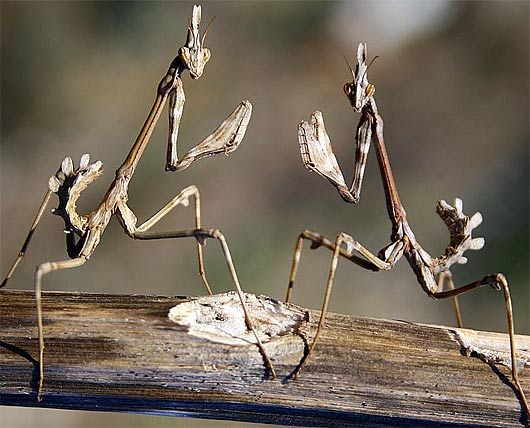
Extended Family Members
The praying mantises make up a group of insects (order) that has over 2,000 species and fifteen different families. That is what we call an extremely large extended family! They vary in size, shape and color. Now, no matter what family a particular mantis comes from, the name stems from the prayer stance that they are known to take. Because of the worship position they take, they insects tend to be a little more thought of by many people than many other insects. There are many cultures that will not kill this creature because of their religious beliefs and how the praying mantis fits into it. Hard to believe, but it is true.
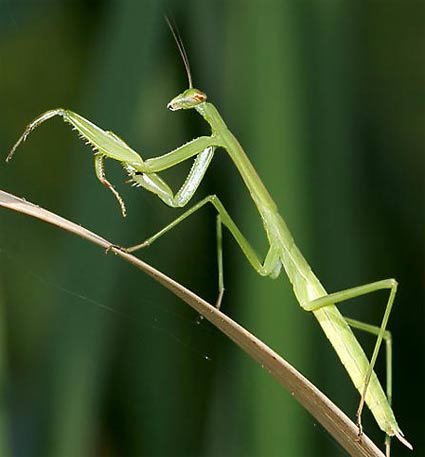
Good Spouses
One of the oddest parts of being a female praying mantis is the way they go about mating. We all know how mating usually goes but this is a little different. First, mating occurs and the female lays between 10 and 400 eggs. Then, after the ritual is over, the female has been known to bite off the head of its male partner. This takes place more often in captivity than in the wild and the reasons behind this mating ritual is still not completely known.
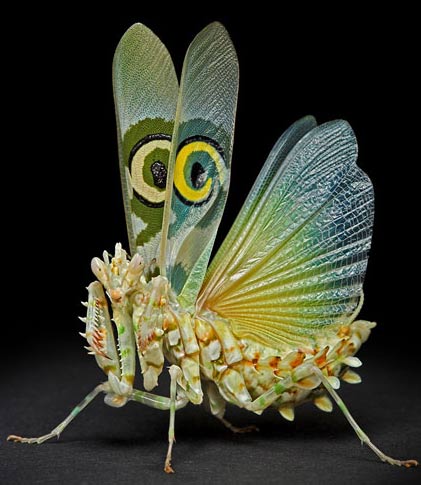
Not Your Ordinary Pesticides
One of the best features of the praying mantis is the way they can control a crowd – by eating them! Many farmers will introduce thousands of eggs to their crops to prevent the bugs from eating their growth. This is a great alternative to chemical pesticides and the use of praying mantises for insect control is becoming more widely accepted throughout the world.
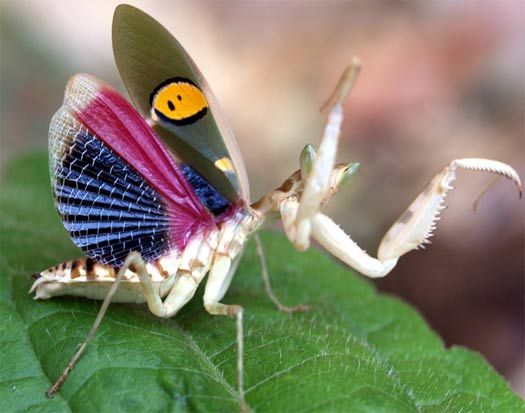
So the next time you are walking outside and you see a little insect that is looks to be sitting and praying to the sun gods, it is probably a praying mantis. These creatures are usually friendly, but proceed with caution for they can and will bite, but it is definitely an insect to be admired by the masses.
